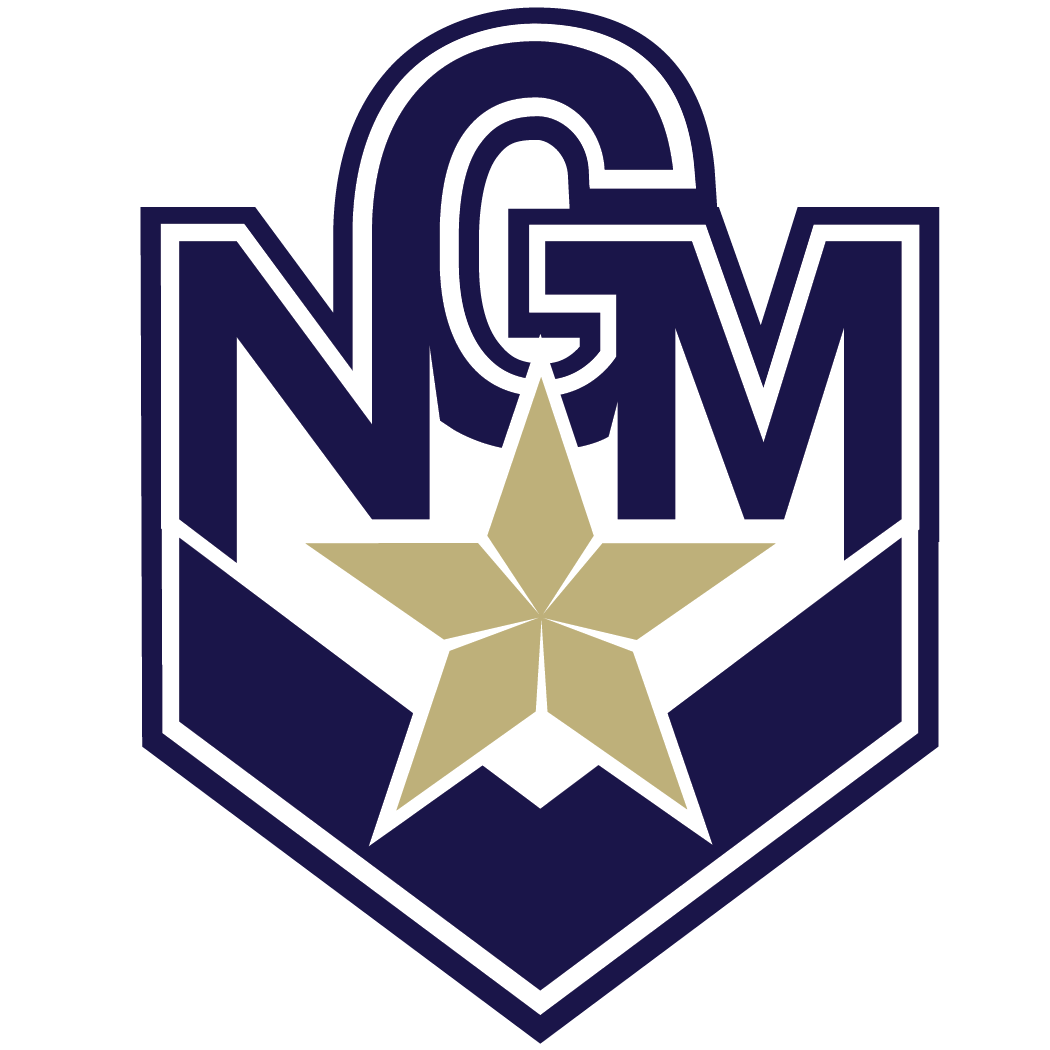Herman Kossler’s Bottle of Scotch
- GNM COLLECTIONS

- Apr 25, 2024
- 5 min read
Updated: Jan 5
by Andrew W. Hall

(Image on the left, Herman Kossler on Cavalla‘s bridge, 1944. Photo: Harry “Bus” Engler, via Cavalla.org.)
Wilfred J. “Jasper” Holmes was a U.S. Naval intelligence officer in Hawai’i
during World War II. He was assigned to the Estimates Section of the Fleet Radio Unit Pacific (FRUPAC) at Pearl Harbor, where he was deeply involved in the interpretation and analysis of Japanese wireless intercepts. In fact, he was one of a handful of officers in Hawai’i who was privy to material classified above “top secret.” Holmes was part of the team that interpreted and analyzed intelligence derived from the breaking of the Japanese naval encryption code JN-25 – classified as “Ultra.”

(Image to the right, Fleet Radio Unit Pacific, also known as Station HYPO, the codebreaking and intelligence station at Pearl Harbor.)
Holmes came to FRUPAC, or Station HYPO, as the unit was known, by an unusual route. He was neither a cryptologist nor an intelligence officer by training; he was a line officer in the Navy, a submariner. By the mid-1930s he was a lieutenant, commanding the submarine S-30 at Pearl Harbor, when he began suffering from arthritis in his back. In 1936 he was medically retired.
Holmes had a degree in engineering, and quickly found a position as an instructor at the University of Hawai’i. He had considerable skill as a writer, too – he’d written the prizewinning essay in the U.S. Naval Institute’s annual competition in 1934 – and began publishing essays and short stories under the pen name Alec Hudson, several of which were published in the Saturday Evening Post. These often had a naval theme, and Holmes’ descriptions of naval equipment and procedure we detailed enough that another aspiring writer, Naval Academy Midshipman Edward L. Beach, recognized that “Alec Hudson” must have been a naval officer.
Holmes was called back to active service in mid-1941. Tensions between Japan and the United States were rapidly increasing, and most naval officers were convinced that at some time soon, those tensions would flare into a shooting war. At the time, HYPO seemed to be making good progress on the JN-25 naval code, and another section of the unit was able to read much of the diplomatic code, Purple.

Because Holmes had no cryptographic experience, he was assigned to the Estimates Section, where his experience as a serving line officer would be best employed, compiling intelligence drawn from various sources to determine the strength, composition and movements of various Japanese military units – naval groups, air wings and island garrisons.
(Image to the right, Jasper Holmes. Image: Naval Security Group via U.S. Submarine Veterans.)
Holmes’ work brought him into contact with units from all over the Pacific Fleet, but he remained a submarine officer in spirit, if not in assignment. Holmes developed a close working relationship with Dick Voge, the operations officer of the Pacific submarine fleet. Voge would comeby HYPO every morning around nine o’clock, where he and Holmes would compare the current positions of U.S. submarines with decrypted messages concerning Japanese fleet movements. Most days this information was somewhat general in nature, but from time to time intercepted and decoded messages provided enough detail to put an American submarine in exactly the right spot to intercept a major target.
Which brings us to Herman Kossler’s bottle of Scotch.

U.S.S. Cavalla as she appeared about the time of her first war patrol in June 1944.
In June 1944, during the buildup to what would later be known as the Battle of Philippine Sea, HYPO collected and decoded Japanese operational plans detailed enough to enable two submarines, Cavalla and Albacore, to position themselves directly astride the Japanese Navy’s lanes of approach. Albacore got the big new carrier Taiho, but Cavalla, on her first patrol, got the grand prize – the Japanese carrier Shokaku, a veteran of the attack on Pearl Harbor. Homes recalled:
Of the six Japanese aircraft carriers that had taken part in the attack on Pearl Harbor, the Shokaku was the fifth to be sunk. We had long since identified all the ships of the Kido Butai that had attacked Pearl Harbor, and their sillouettes were posted on the wall in the Estimates Section. It gave me an unprofessional vindictive satisfaction to check off each of those ships as it was sunk. I told Voge I would give a bottle of Scotch to any submarine skipper who sank one of them. Voge was careful to present every qualifying skipper for his bottle, but I never saw Herman J. Kossler, the captain of the Cavalla, after he sank the Shokaku. Kossler was the only submarine captain to sink a capital ship of the Kido Butai, and I still owe him a bottle of Scotch.




Una lectura fantástica. La coherencia y el rigor del análisis son admirables. Me inspira a ser más meticuloso en mi trabajo creativo. Justamente, buscando dominar el enfoque fotográfico hiperfocal, encontré esta herramienta online. Sus cálculos precisos me ayudaron a maximizar la nitidez en mis paisajes, siendo un recurso valioso para llevar mi fotografía al siguiente nivel.